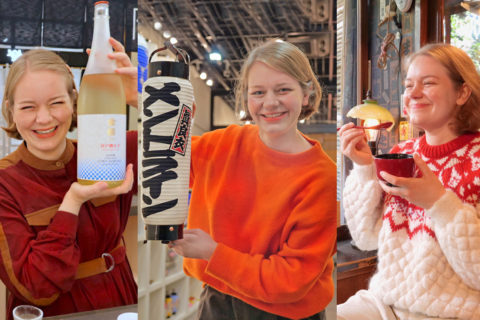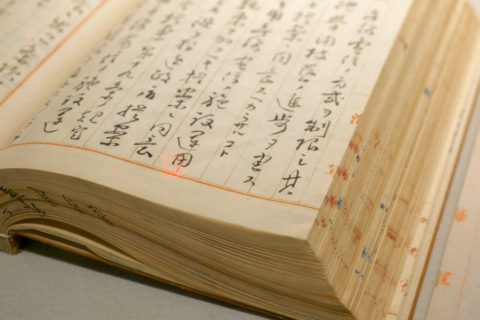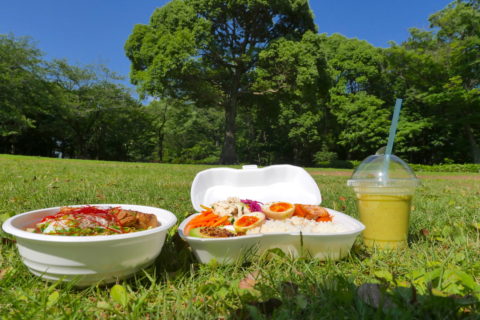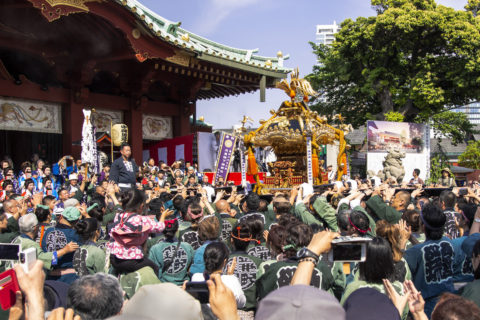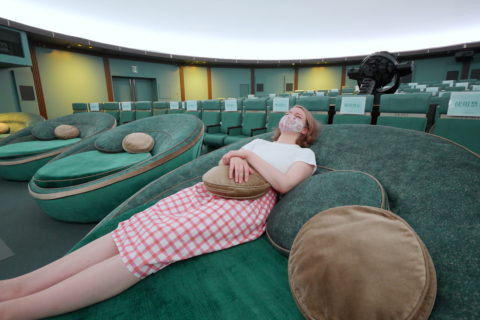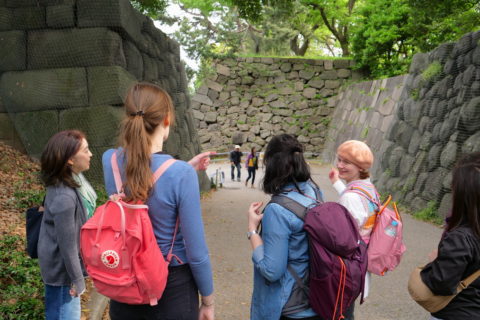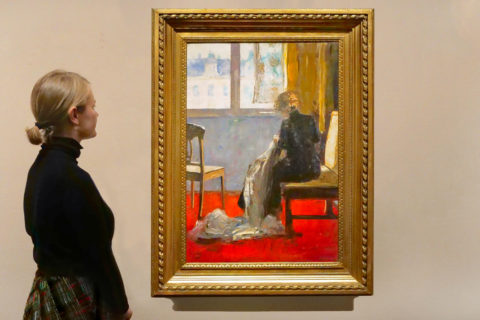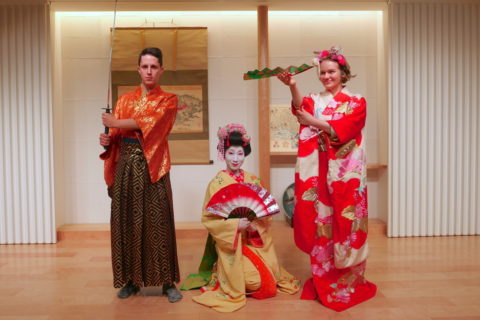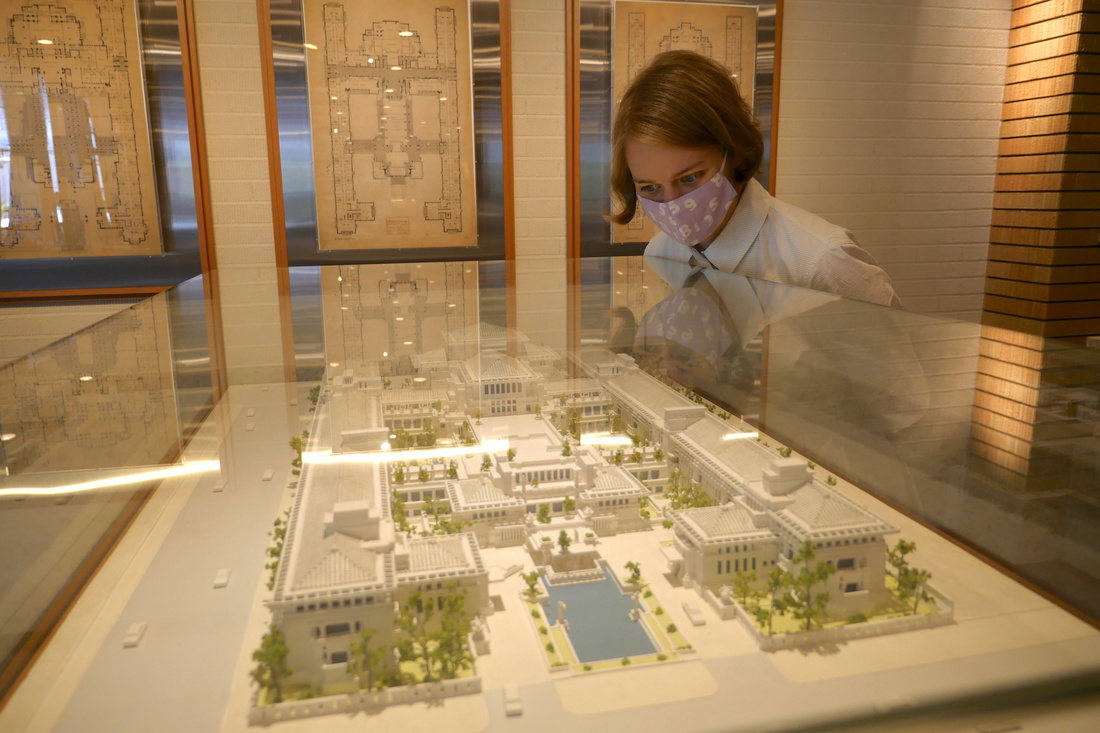
The Imperial Hotel, Tokyo will celebrate its 130th anniversary in November 2020. The old main building was designed by Frank Lloyd Wright, but it unfortunately had to be demolished in 1967 due to deterioration. It is still known, however, for being one of Japan’s most famous architectures. A special exhibition space inside the hotel gives visitors the chance to experience the charm of Wright’s architecture. A must-see for any architecture fan!
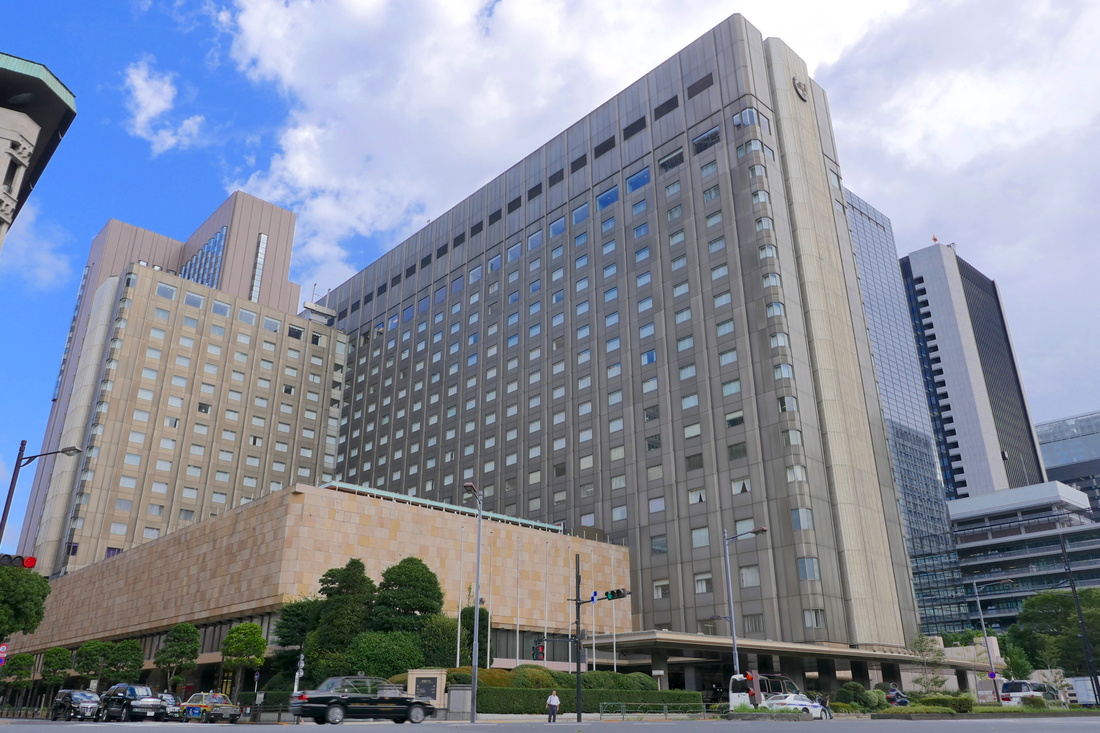
Birth of the famous “Wright Imperial”
In the Meiji Era, shortly after the opening of the country, Japan began to actively engage in diplomacy with countries around the world. In November 1890, the Imperial Hotel opened in Hibiya as a state guesthouse. Some time passed and – to fit more guests – it was decided that the building should be rebuilt. Aisaku Hayashi, the hotel manager at the time, was friends with the (then young) American architect Frank Lloyd Wright (1867-1959), who was commissioned to design the new hotel building. After four long years of construction, the “Wright Imperial” opened its doors in September 1923.
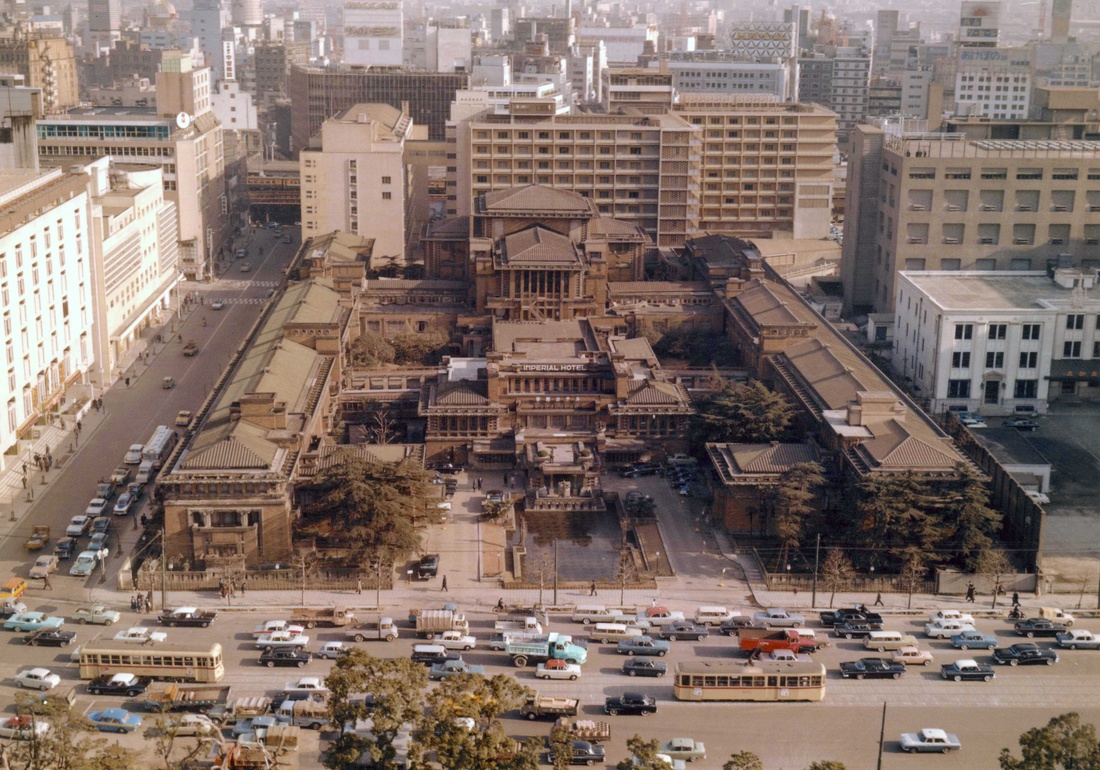
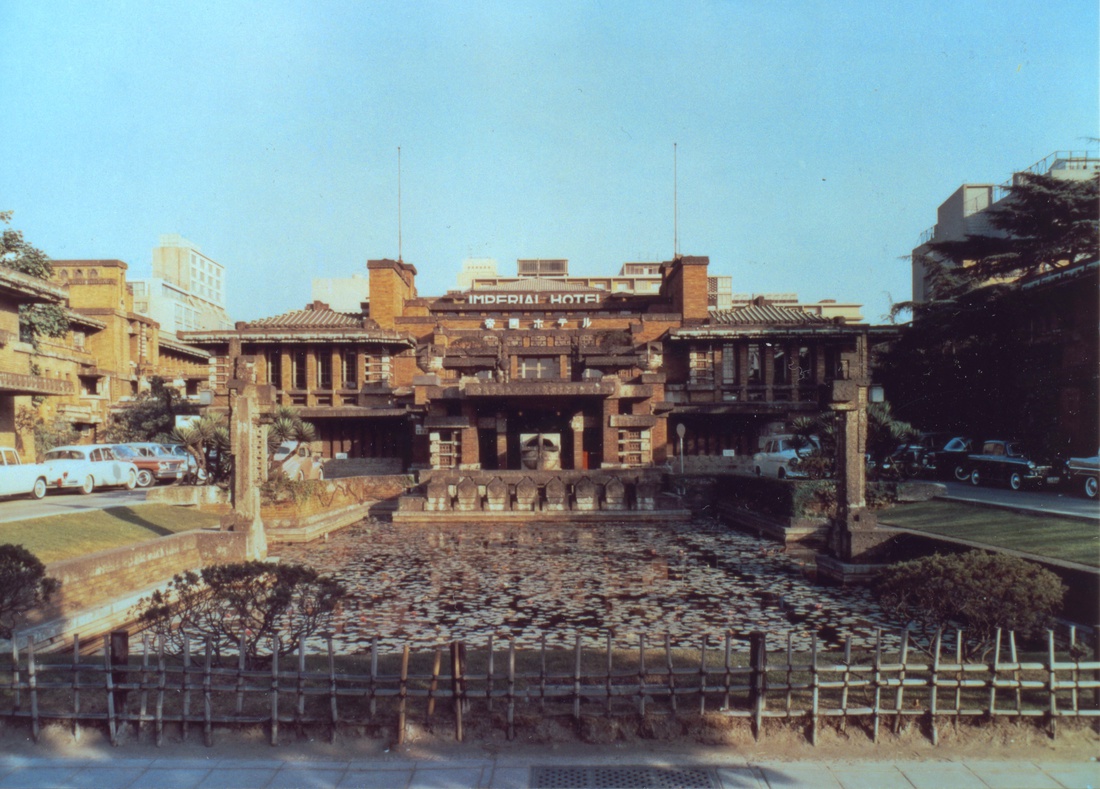
Exhibition space “IMPERIAL TIMES”
When visiting the exhibition space on the lobby floor of the hotel you can trace back its history, including the days of the “Wright Imperial”. Models and blueprints of the Wright’s designs are on display.
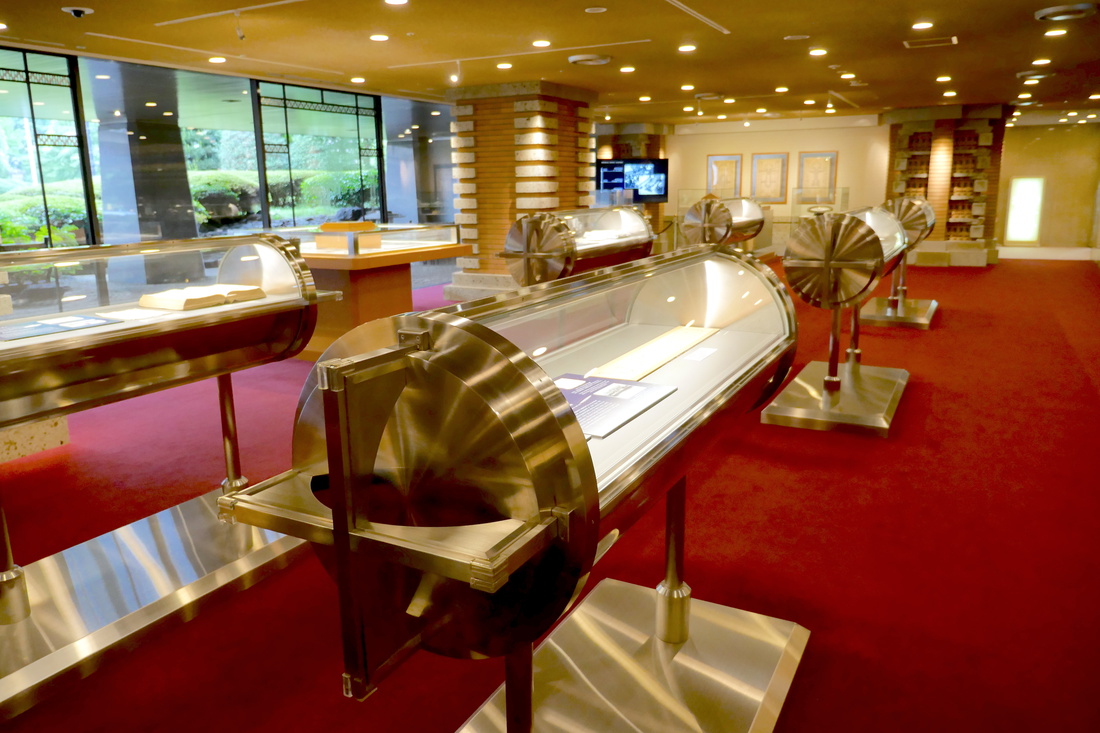
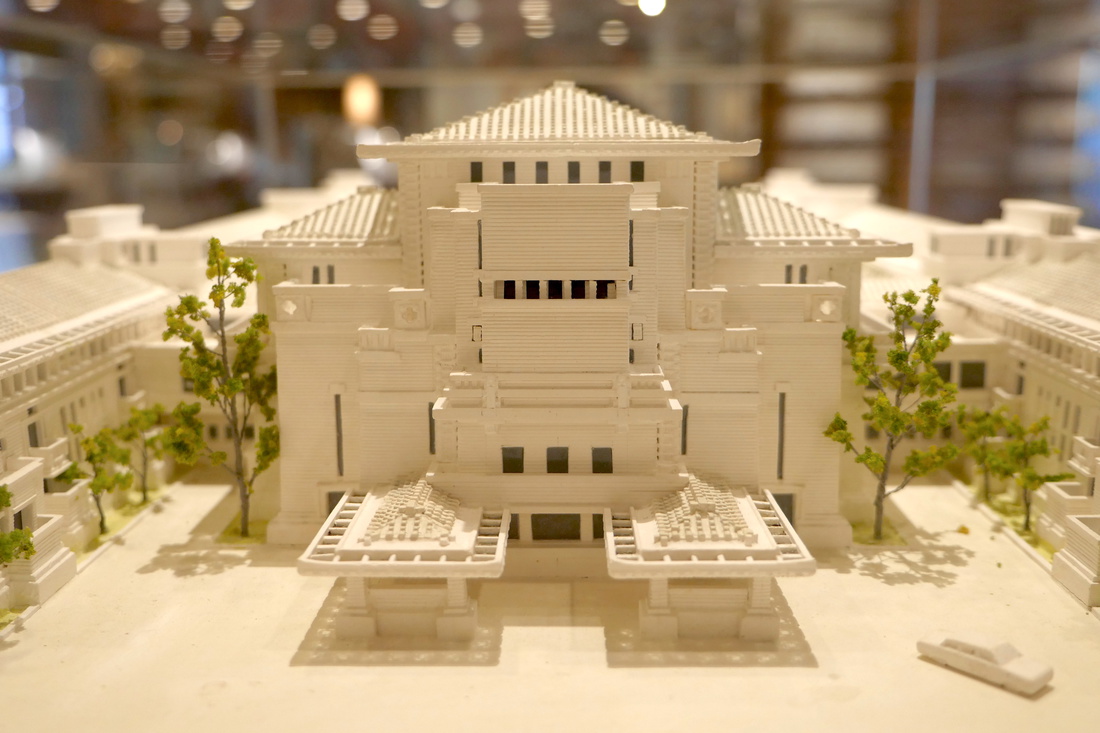
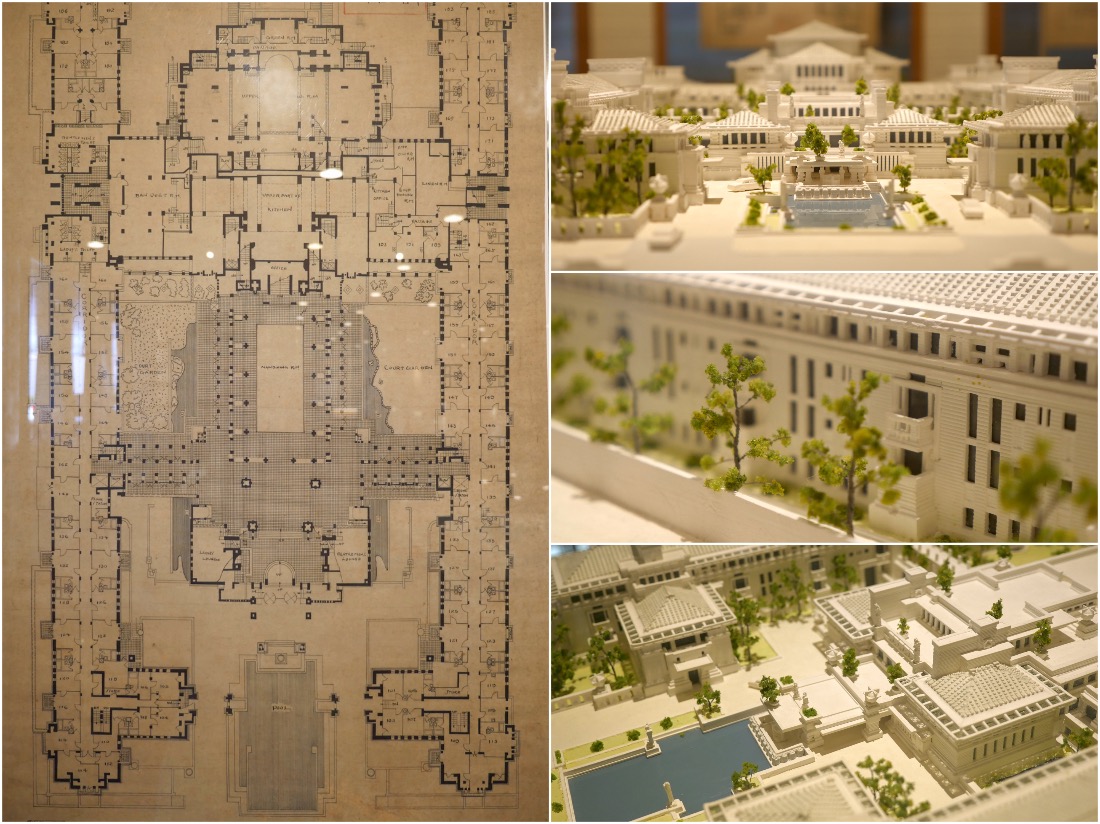
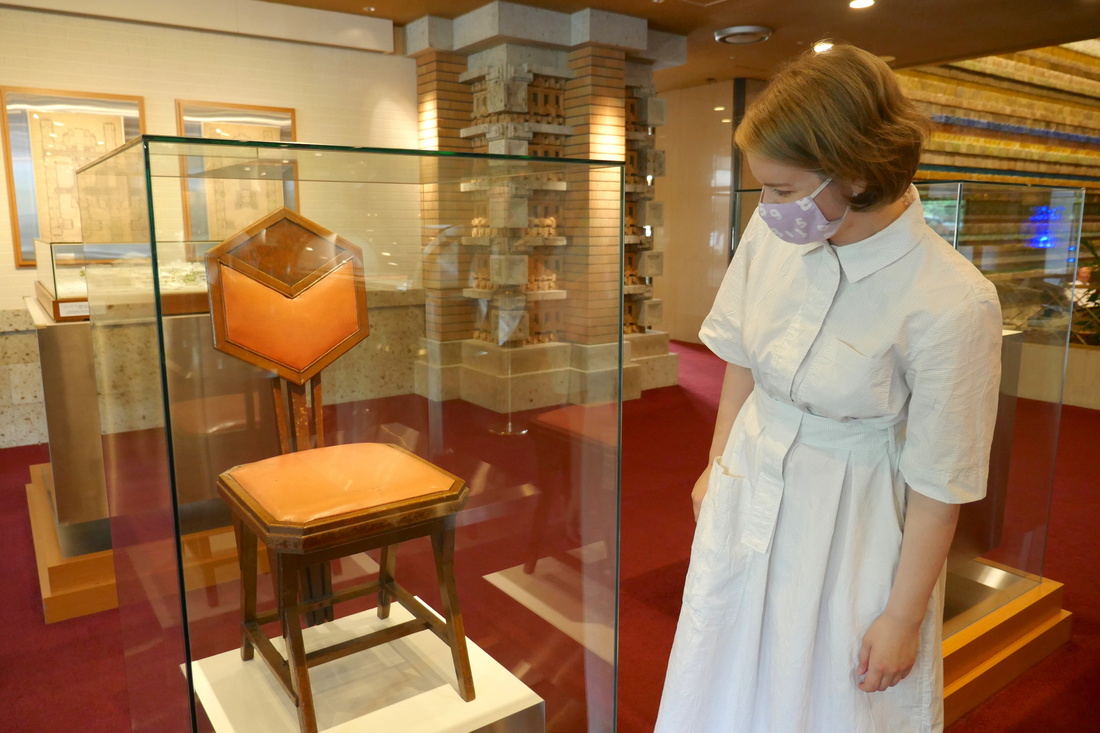
In 1968, when the hotel building was demolished in order to renovate it, the main lobby of the hotel was dismantled and relocated to the Meiji-mura museum village in Inuyama City, Aichi Prefecture. There, you can actually walk inside and “experience” the architecture.
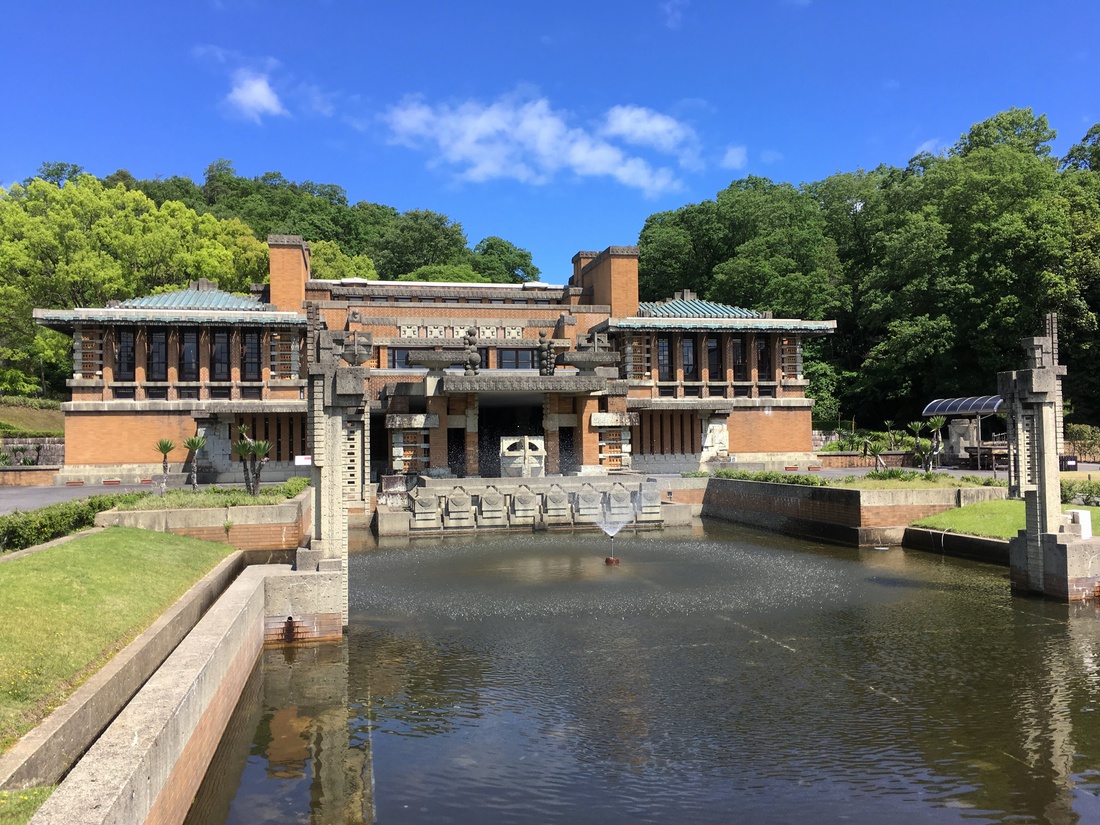
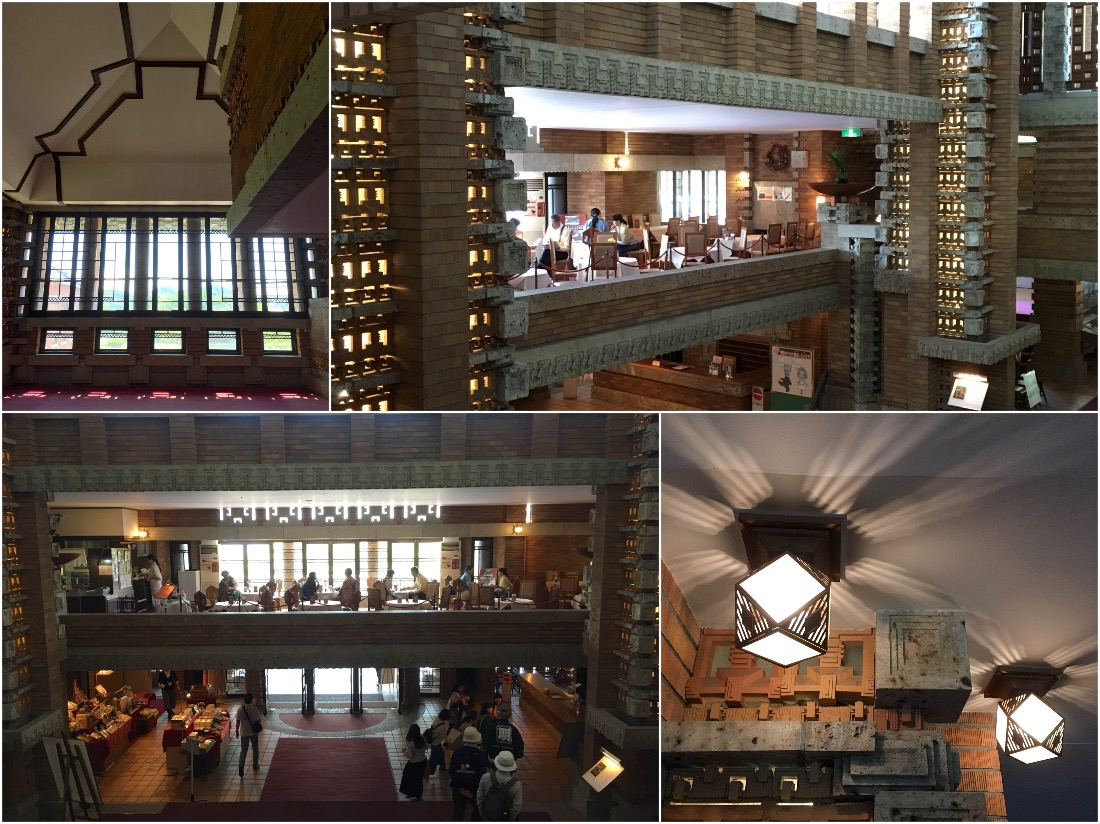
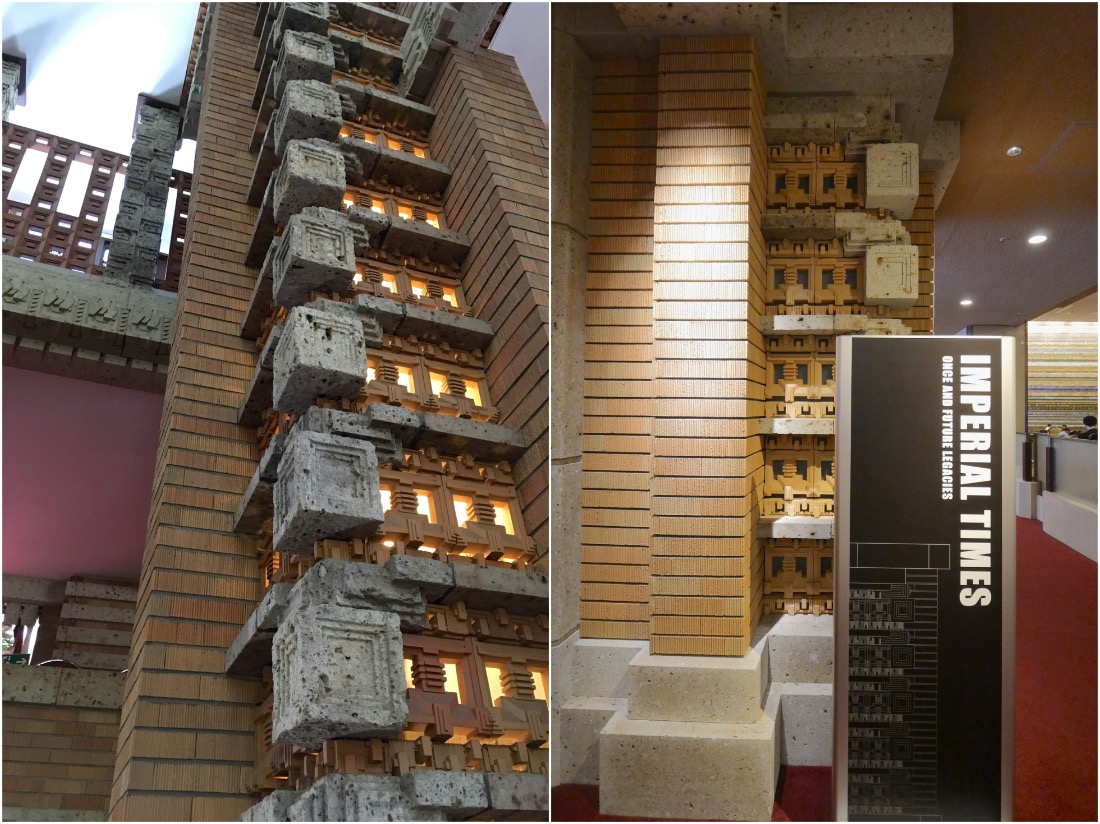
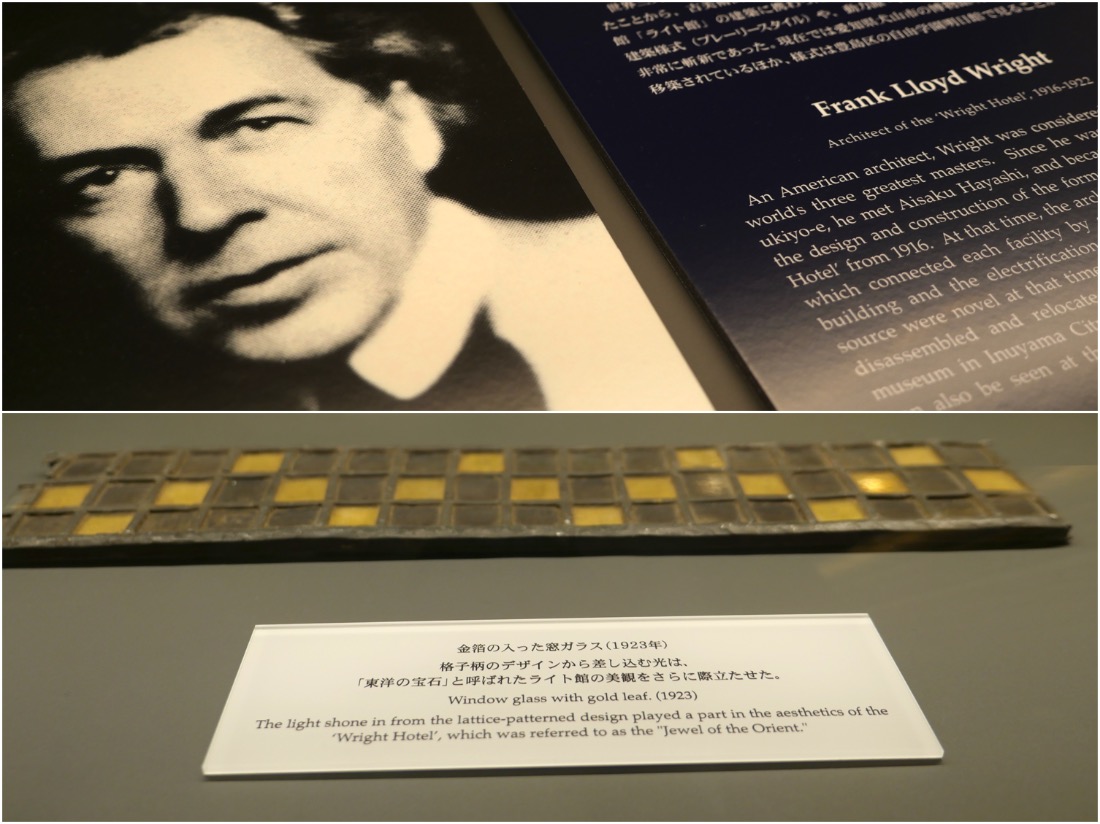
In addition to the architecture exhibition, photographs show many overseas celebrities who stayed at the hotel. Amongst them are Marilyn Monroe, Charles Chaplin, Margaret Thatcher, Helen Keller, and many others. It was actually at this hotel where Marilyn Monroe’s iconic “Chanel No. 5” episode took place, stating that the only thing she would wear when going to bed was the famous perfume.
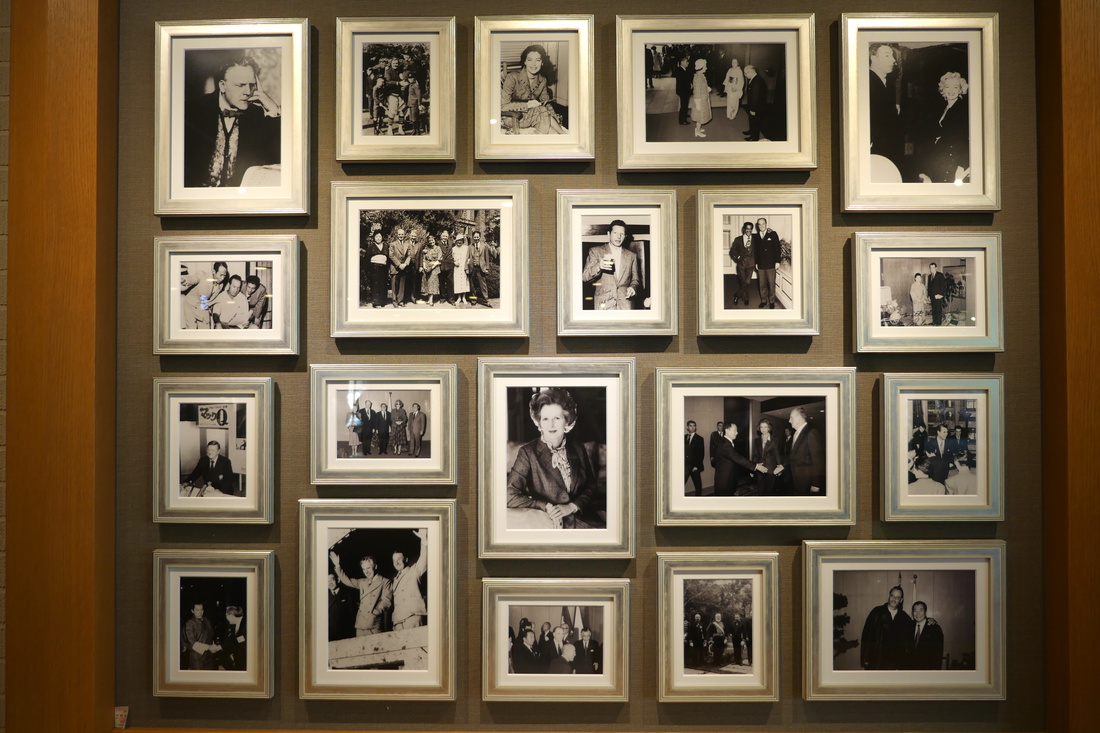
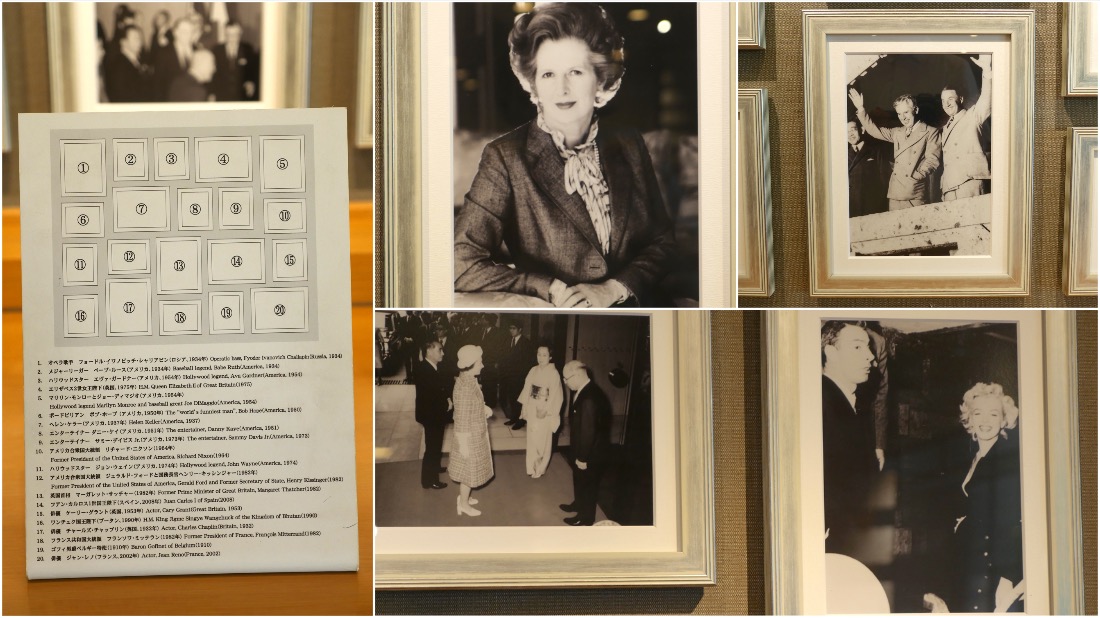
Another famous story which originated at the hotel is about buffets. Buffets are called “Viking” (baikingu) in Japan. In Japan, this way of serving meals in hotels was invented at the Imperial Hotel, Tokyo. With the motto “Eat as much as you like”, a new restaurant inside the hotel began offering a Scandinavian-style buffet in 1958. Inspired by a movie at the time, the restaurant –and its buffet – was named “Imperial Viking”. That was when the Japanese Viking-buffets were born.
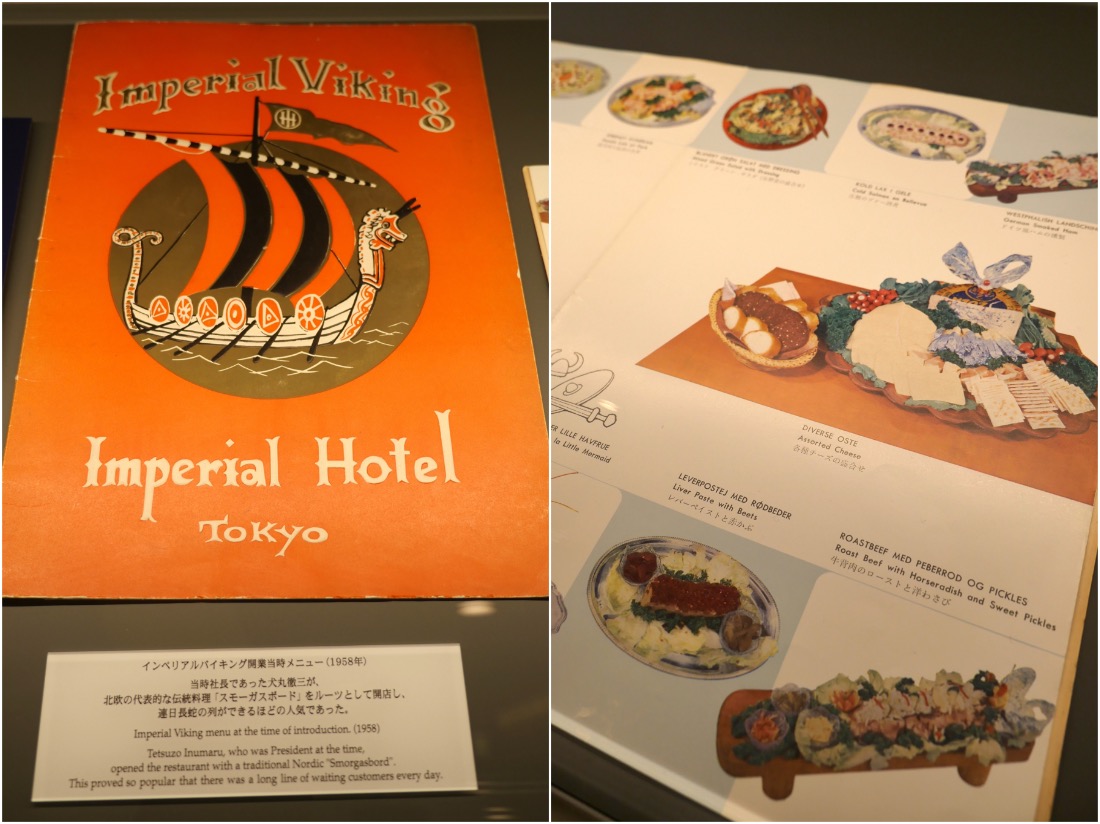
If you are a fan of architecture or history, this exciting exhibition space is definitely something you shouldn’t miss. Learn more about Japanese history and culture, as well as fun facts, from the perspective of a hotel. We highly recommend it!
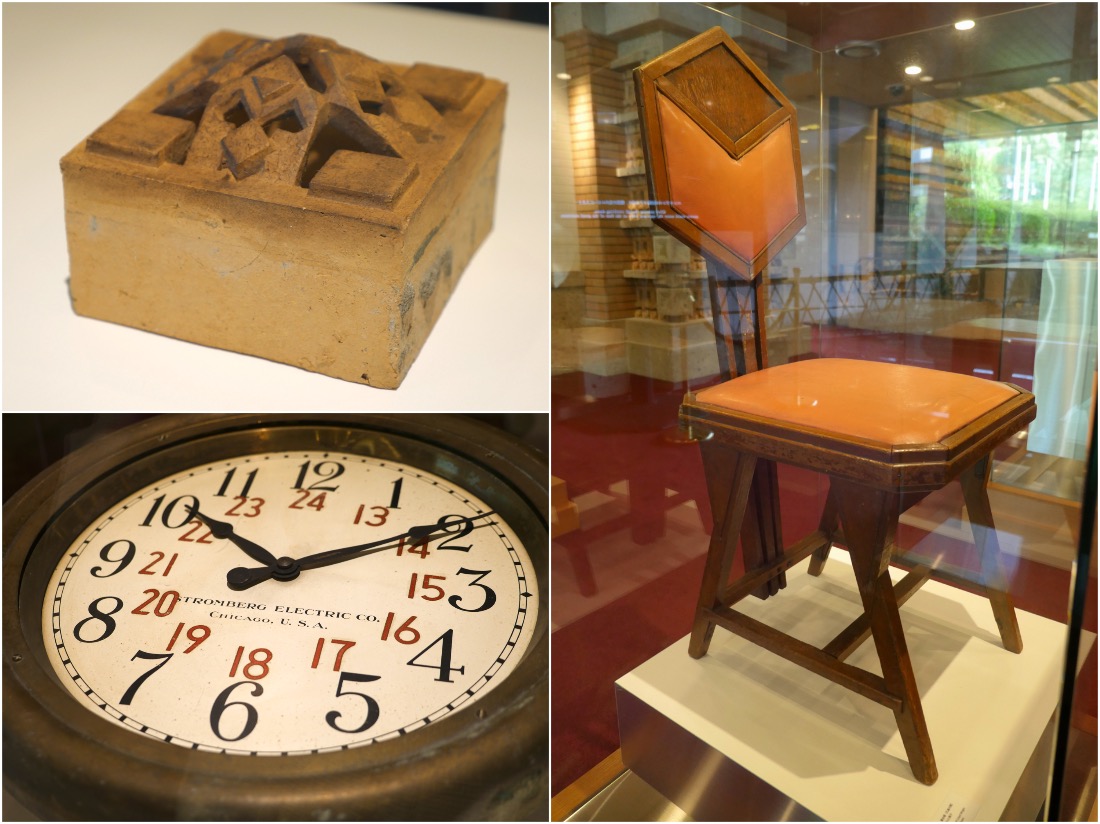
Imperial Hotel, Tokyo
https://www.imperialhotel.co.jp/j/tokyo/
1-1-1 Uchisaiwaicho, Chiyoda-ku, Tokyo
Google Maps: https://goo.gl/maps/gpf4qbacz8JeJwa68
Nearest Stations: Hibiya Station, Uchisaiwaicho Station, Ginza Station, Yurakucho Station, Shimbashi Station


